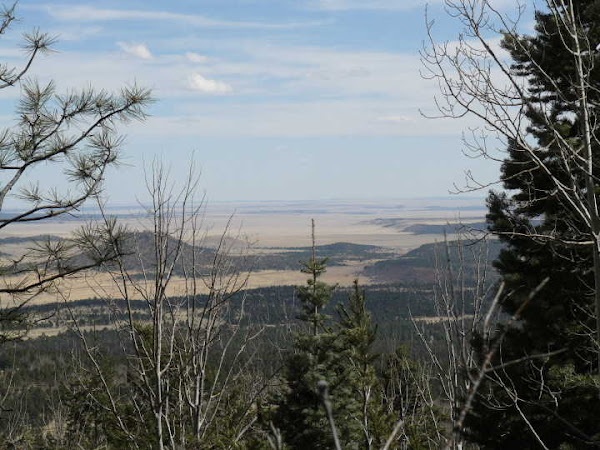They ranged from small oil leaks from half-closed valves to thousands of barrels of tainted water that escaped from pits.
It's far from the volume of oil now shooting into the Gulf of Mexico, but a Denver Post analysis of state spill reports shows that even far from offshore, drilling for oil can regularly create unintended messes....continued....

















